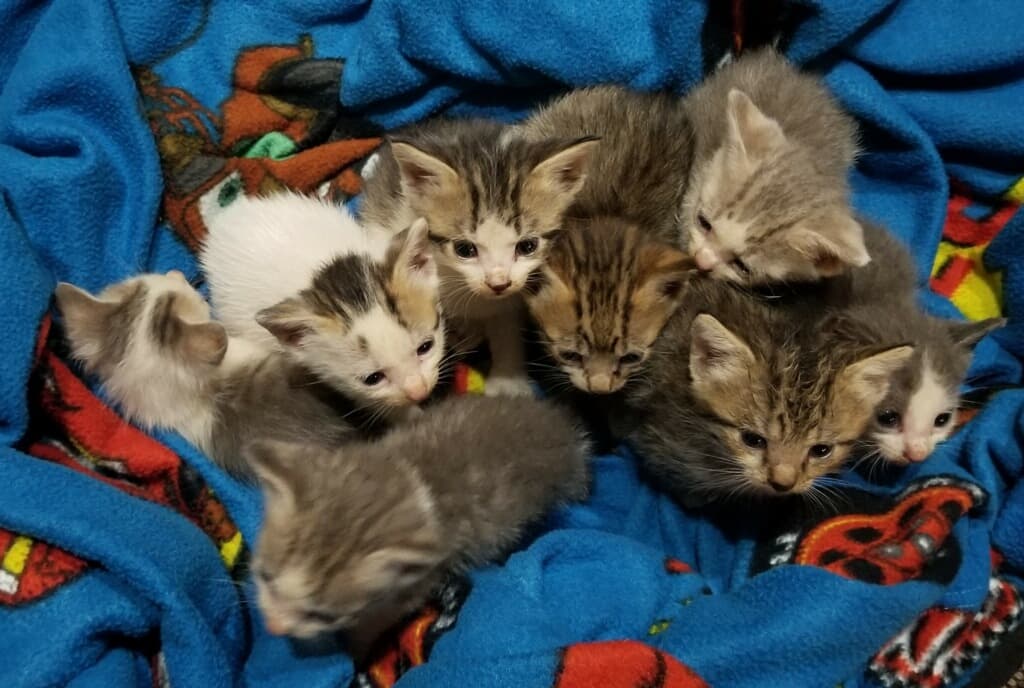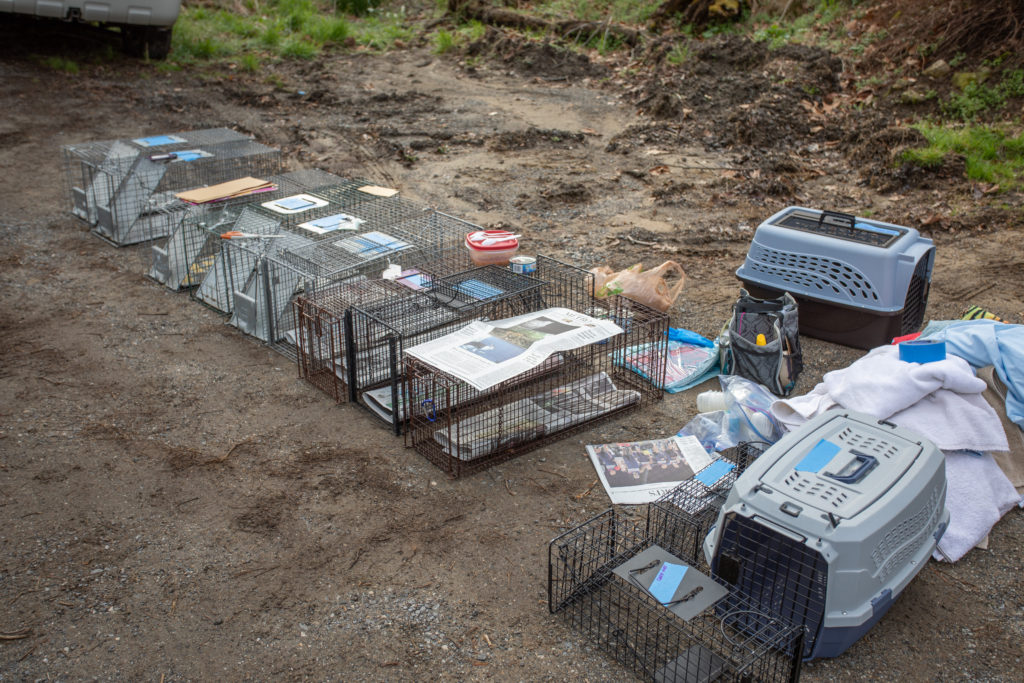Why Trap-Neuter-Return (TNR)?
The best way to help community cats and kittens is through TNR. TNR is the humane and effective approach for stray and feral cats. Scientific studies show that TNR:
- Improves the lives of community cats
- Improves their relationships with people living near them
- Ends reproduction and litters of kittens being born
- Stabilizes colony populations in the short term
- Decreases the size of colonies in the long term
- Stops the behaviors and stresses due to mating (pregnancy, yowling, spraying, fighting)
- Increases weight of cats after neutering
- Provides protection against infectious disease after vaccination
- Reduces the risk factors of FeLV and FIV
- Enables managed colonies to live longer
- Decreases roaming in neutered cats
- Decreases aggression and increases affection from neutered cats towards other cats in managed colonies.
One prominent animal rights organization claims that feral cats suffer “horrific fates” due to disease, injury, or human cruelty. These claims are based on isolated incidents and are not supported by scientific evidence. Feral cats live full, healthy lives outdoors; there is no reason for them to be killed in shelters.
TNR also provides an avenue for the treatment of minor injuries or humane euthanasia when necessary. It also helps get kittens and friendly strays out of the wild and into loving forever homes via rescue organizations and adoption programs.
Research from a 2006 study actually shows that of over 103,000 stray and feral cats examined in Spay/Neuter clinics in 6 states from 1993-2004, less than 1% needed to be euthanized due to debilitating conditions, trauma or infectious diseases. (Wallace, Jennifer L and Julie K Levy, “Population Characteristics of Feral Cats Admitted to Seven Trap-Neuter-Return Programs in the US”, Journal of Feline Medicine and Surgery 8 (2006): 279-284).


